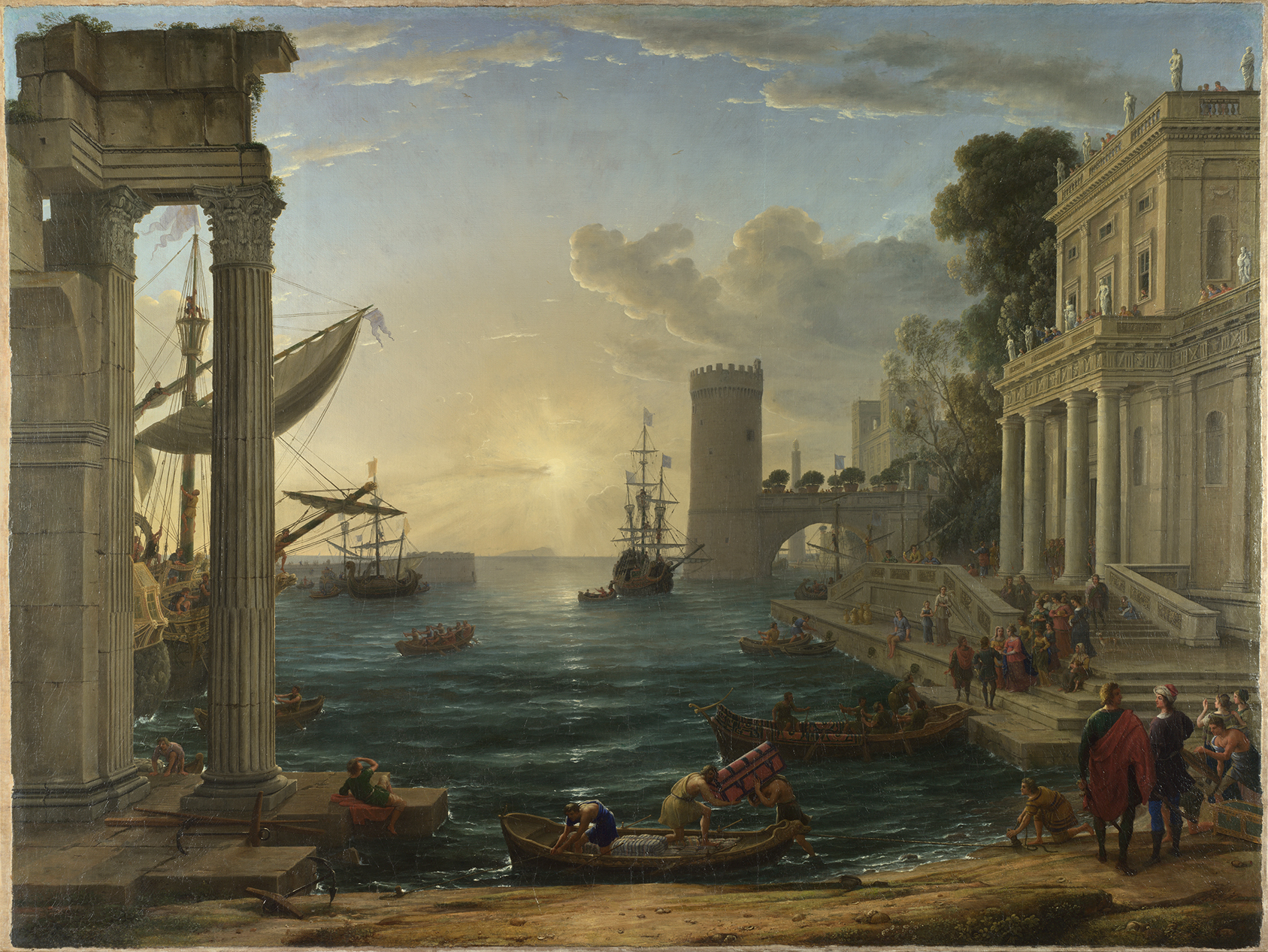Contained Liquidity
Fluid Intelligence, Solid Framing in the Port Scenes of Claude Lorraine
Identifier (Artikel)
Abstract
Liquidity and solidity are not only physical states of matter, but also common epistemological metaphors. In the seventeenth century, philosophical and scientific debates often included such images; Blaise Pascal is a prominent example of a thinker seeking to destabilise received patterns of thinking through the power of what Jeff Wall later named “liquid intelligence”. In painting, the emergence of fluid aesthetics can be interpreted as a rejection of the Renaissance ideals of firmness, stability and measurability. Claude Lorrain’s port scenes are a case in point: in a truly dialectical way, Claude repeatedly depicts the sea as a liquid entity seemingly contained in – and contained by – a frame of sumptuous, rock-solid architecture, while subtly subverting the hierarchy of values such compositions might be understood to validate. Through this reading, Claude’s paintings gain an unsuspected theoretical depth as a pictorial critique of human hubris and of the rigid, pretentious structures of humanist knowledge.
Statistiken


Lizenz

Dieses Werk steht unter der Lizenz Creative Commons Namensnennung - Nicht-kommerziell - Keine Bearbeitungen 4.0 International.


